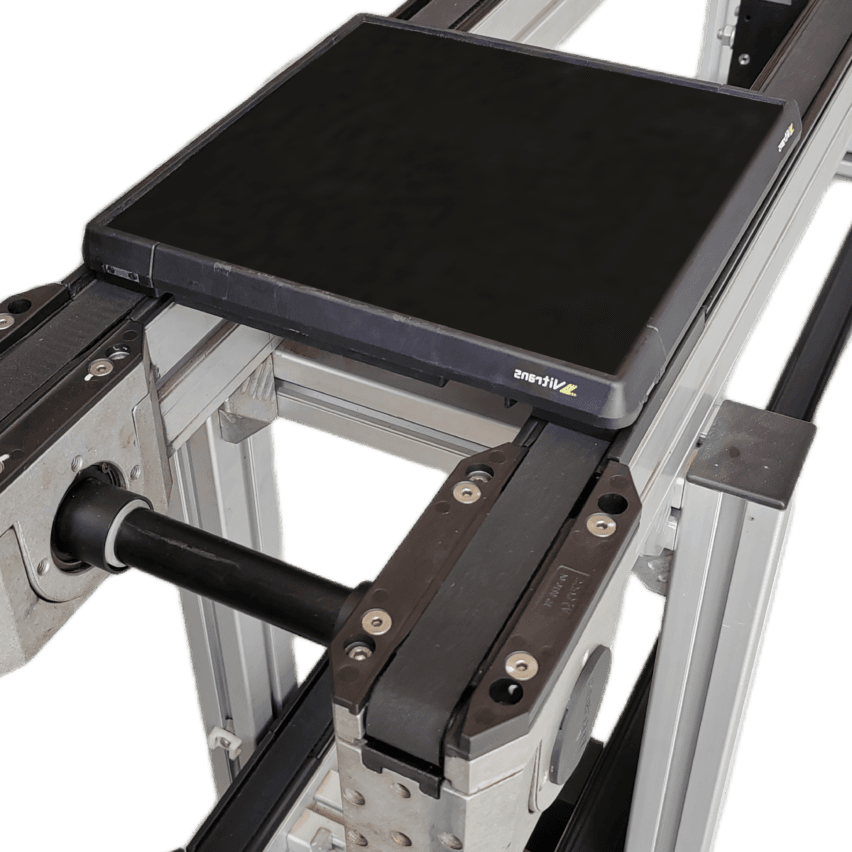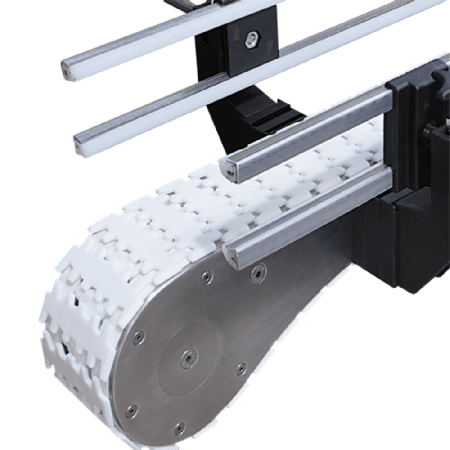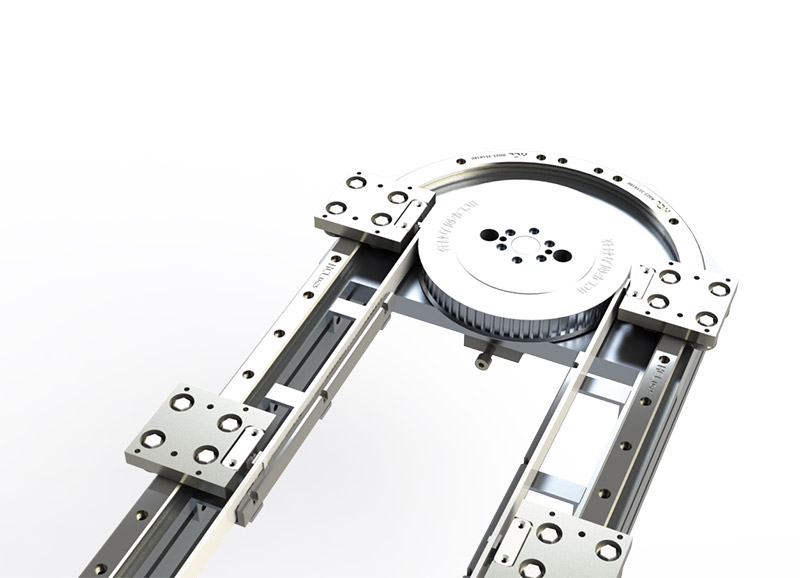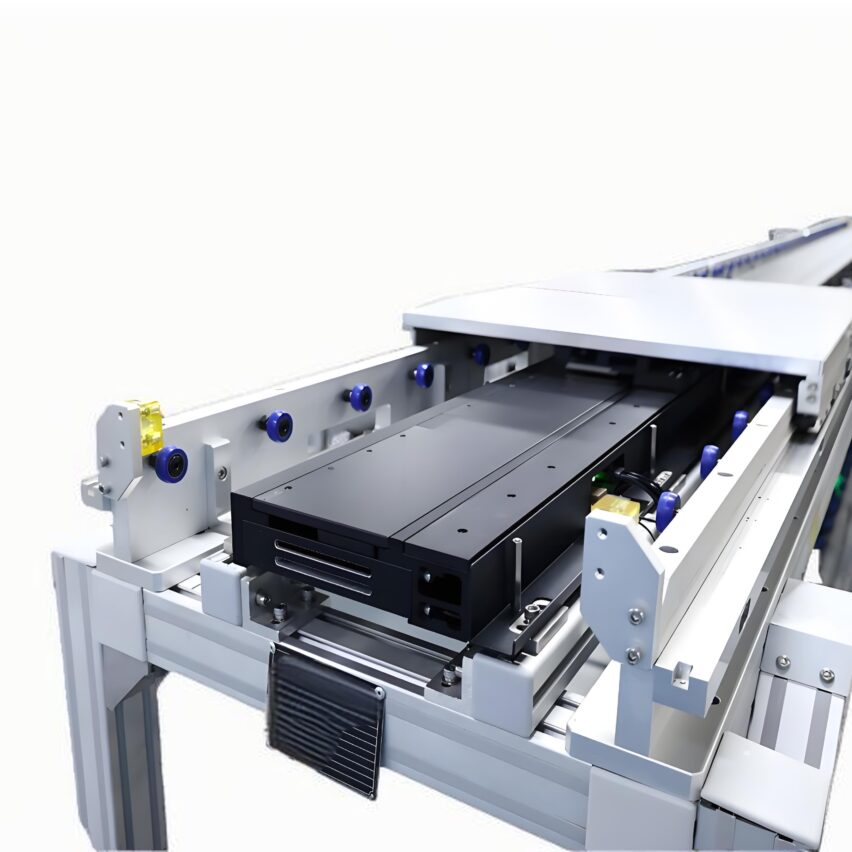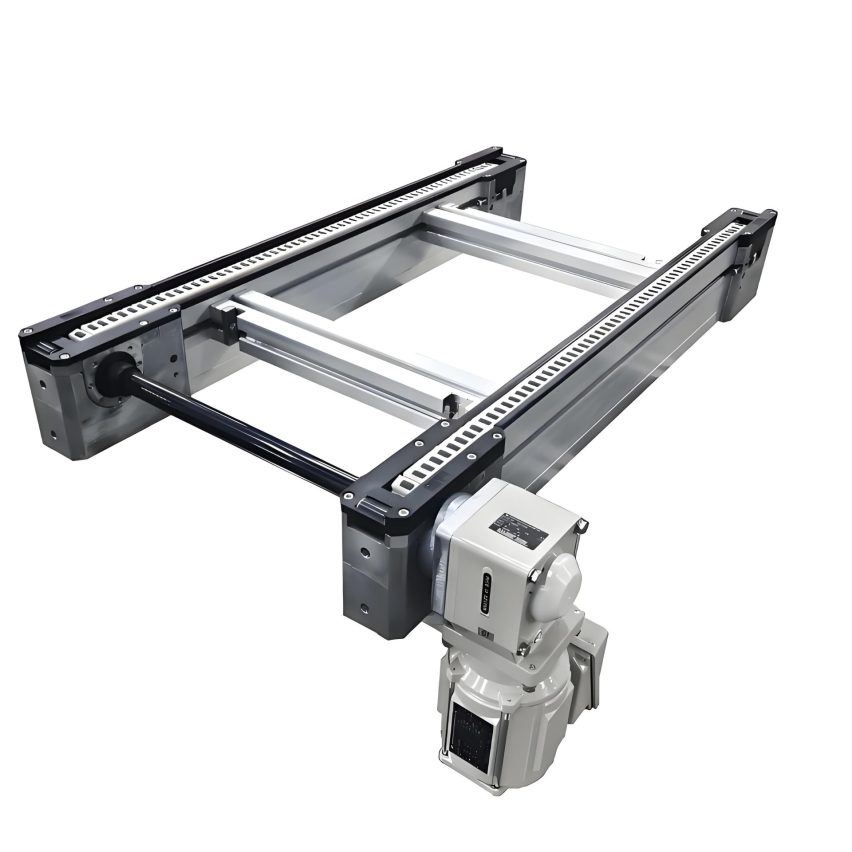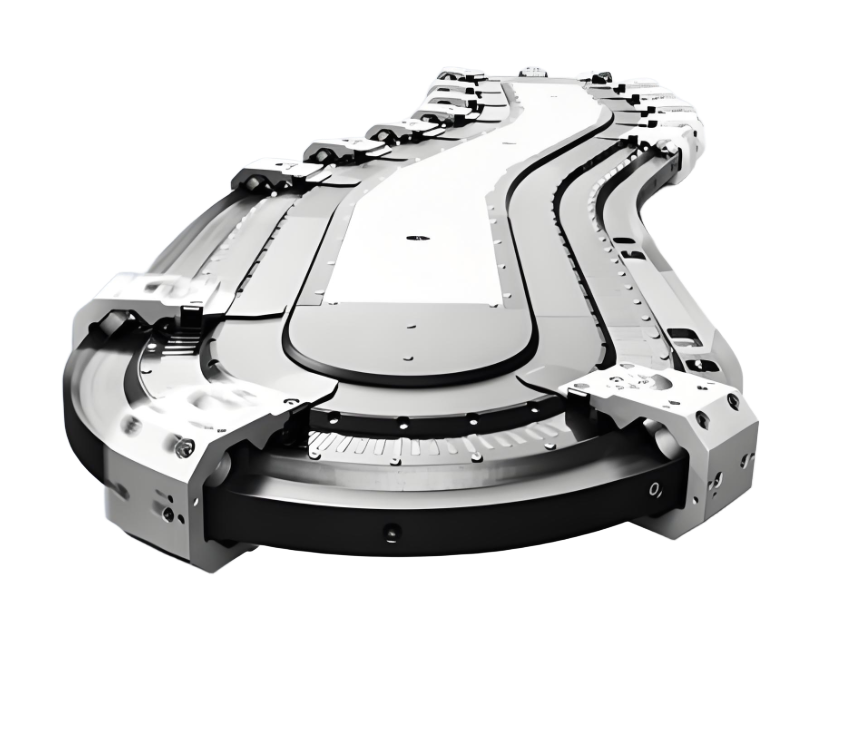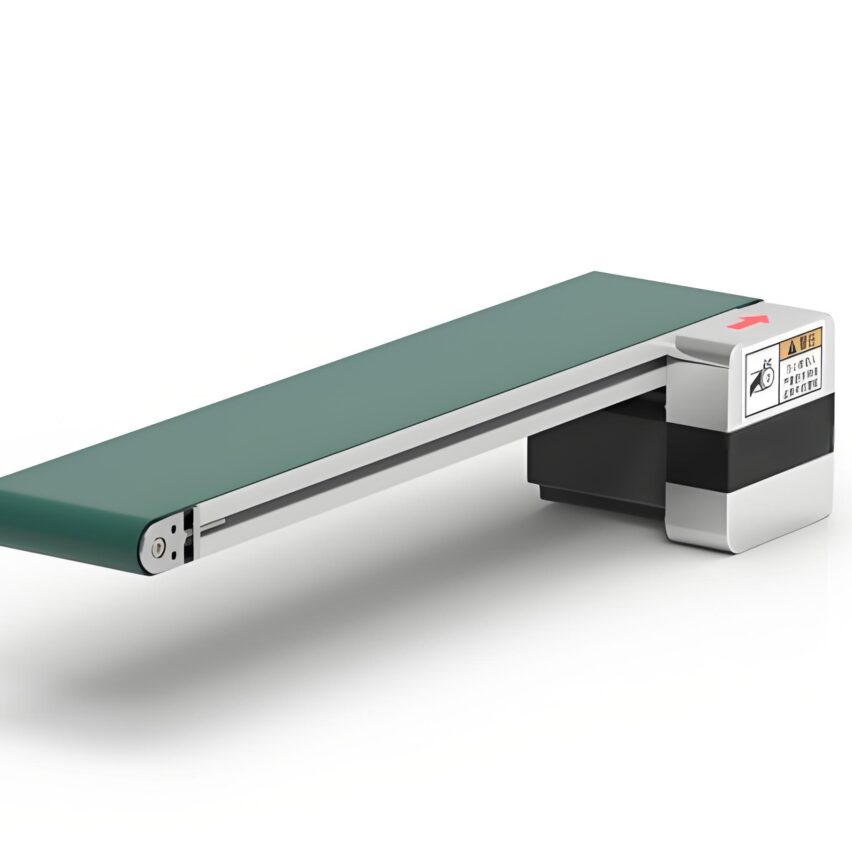I. Manpower predicament: electronic factories encountered the "three high" pains
"Workers daily wages rose to 300 yuan, the turnover rate is as high as 40%!" This is the real plight of a power adapter factory in Shenzhen. Traditional plug-in line relies on a large number of manual handling, positioning, turnover, resulting in three major cost black hole:
- Waste of handlingPlug-in line workers spend 30% picking up/delivering parts, walking more than 5km per day on average.
- Waiting for Losses: 25% station was left idle due to imbalance in process rhythm, but the hourly wage was paid as usual.
- rework sth. after a mistake: Manual plug-in error and omission rate of 3%, annual rework costs of more than 800,000
Opportunity for transformation: After the introduction of the doubling chain in Dongguan Motor Factory, theDirect labour cost reduction of 37%The secret lies in reconfiguring the "human-machine collaboration" model - workers change from porters to supervisors and focus on core assembly.
Second, the logic of the multiplier chain to save people: the design of automation of the four two
Core mechanisms: throughAutomatic flow of tooling boards + precise positioningEliminate non-value-added actions. Compared to traditional production lines, the people-saving effectiveness is reflected in:
| Human consumption link | Conventional plug-in lines | Speed Chain Programme | Percentage of savings |
|---|---|---|---|
| material handling | 4 FTE | 0 persons (automatic conveyor) | 100% |
| Inter-station turnaround | 30 seconds per station | 0 seconds (accumulation function) | 100% |
| position calibration | Manual visual adjustment | RFID automatic positioning | 85% |
| Exception handling | Shut down and wait for someone to overhaul it. | Automatic buffer diversion | 70% |
Case Study: An LED screen factory deploys a multiplier chain in the back-end of the SMD station:
- Magnetic TrayAutomatically attaches to light panels, eliminating manual alignment movements
- Jacking and panning mechanism90° turning, eliminating the need for 2 turners.
- RFID identificationTriggering of different assembly programmes, mixed production switchover with 0 waiting time
results-based:: Reduction of the 22-person production line to 14.Monthly labour cost savings of $120,000.
III. Paths to cost reduction and efficiency in three types of scenarios
▶ Scene 1: Renovation of an old factory building with space constraints
issues: 80 square metres workshop needs to accommodate 50 people on the production line, congested aisles lead to low efficiency
Multiple speed chain solution::
- L-shaped wall layout: Utilising dead ends in wall corners with a turning radius of only 0.5 metres
- Dual return design: Upper assembly lower return plate, space utilisation ↑40%
- Vertical lift articulation: Automatic cross-floor material transfer
case (law): 35% capacity increase for the same area, after the remodelling of Zhuhai circuit board factory.Reduction of porters by 9.
▶ Scene 2: Multi-variety small-lot production
issues: 200 smartwatches in mixed production, time-consuming model changeover pulls down efficiency
Multiple speed chain solution::
- Quick Change Plate System: 5 minutes to switch magnetic clamps (traditionally 30 minutes)
- dynamic buffer: Automatic diversion to spare line body in case of failure
- Visual positioning compensation: ±0.1mm accuracy to adapt to different board types.
case (law): 50 changes of type per day after foundry upgrades.Commissioning Officer Reduction 60%.
▶ Scene 3: Heavy-duty process automation
issuesMotor assembly requires 20kg of shells to be handled, and workers are frequently injured at work.
Multiple speed chain solution::
- Carbon Steel Heavy Duty Chain: 1 tonne load per pallet (nylon chain only 300kg)
- Pneumatic Boom: Co-ordinated human-machine assembly in conjunction with multiplier chains
- Gravity roller articulation: Seamless material docking with AGVs
case (law): Changsha Heavy Industry Enterprises after transformationAbolition of all portering-related positionsProvincial Workers' Compensation $600,000 for the year.
Fourth, avoiding the pit guide: let 30% provincial people target steady landing
Step 1: Accurate diagnosis of "alternative processes"
- Priority automation: Repeated handling, positional alignment, simple insertion and assembly
- Retention of labour: Precision wiring, appearance quality inspection, exception handling
Step 2: Three principles of hardware selection
- Load redundancy: Selection according to the actual demand × 1.5 times (e.g. current 500kg select 800kg class)
- Interface Reservation: Pre-installed T-slots on both sides of the guideway for easy extension of the arm.
- environmental adaptationStainless steel chain sprocket for wet workshop (↑3 times life time than ordinary steel chain)
Step 3: Man-machine reconfiguration tactics
- New job design::
- Exception Monitor (former inspection post transition)
- Equipment Maintenance Technician (former porter training transfer)
- salary reform::
- Savings in manpower costs of 501 TP3T were used to upgrade the salaries of retained staff (turnover rate ↓351 TP3T)
Cost recovery cases: Suzhou Automotive Electronics Factory invested 1.2 million in renovation.Labour costs reduced by $180,000 per month, payback in 8 months.
ultimate admonition: The multiplier chain is not a simple substitute for manpower, but rather, through theReconfiguring the production logicThe value of manpower is upgraded from "physical exertion" to "decision control". When the work plate slides into the work station with parts, what is saved is not only the number on the payroll, but also the strategic opportunity to turn manpower into innovative kinetic energy. The winner of production innovation always lies in how to make every cent of labour cost generate exponential returns.


